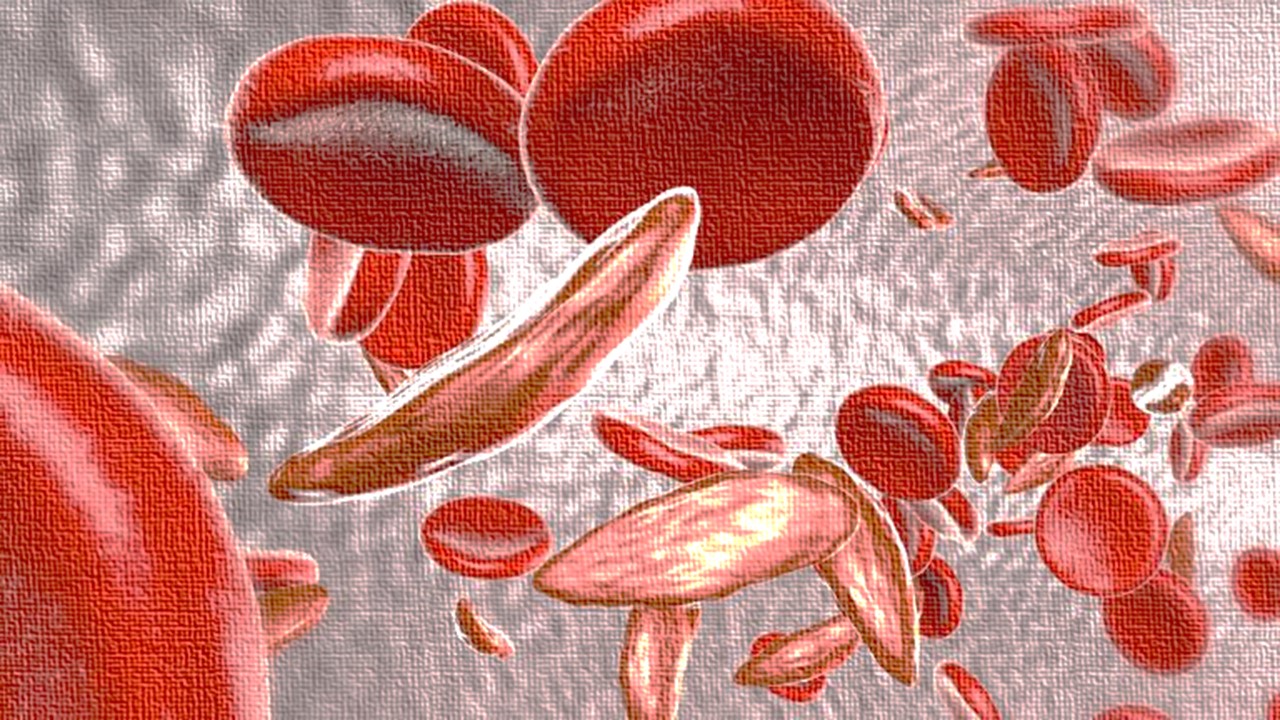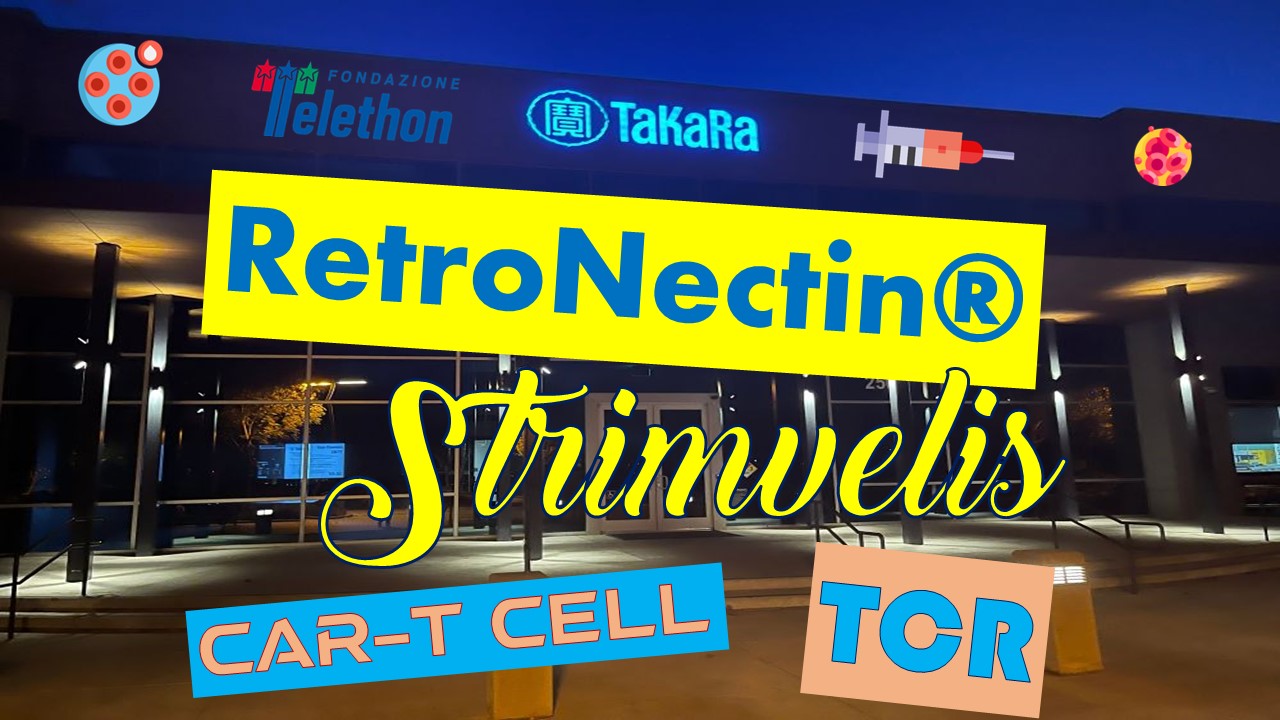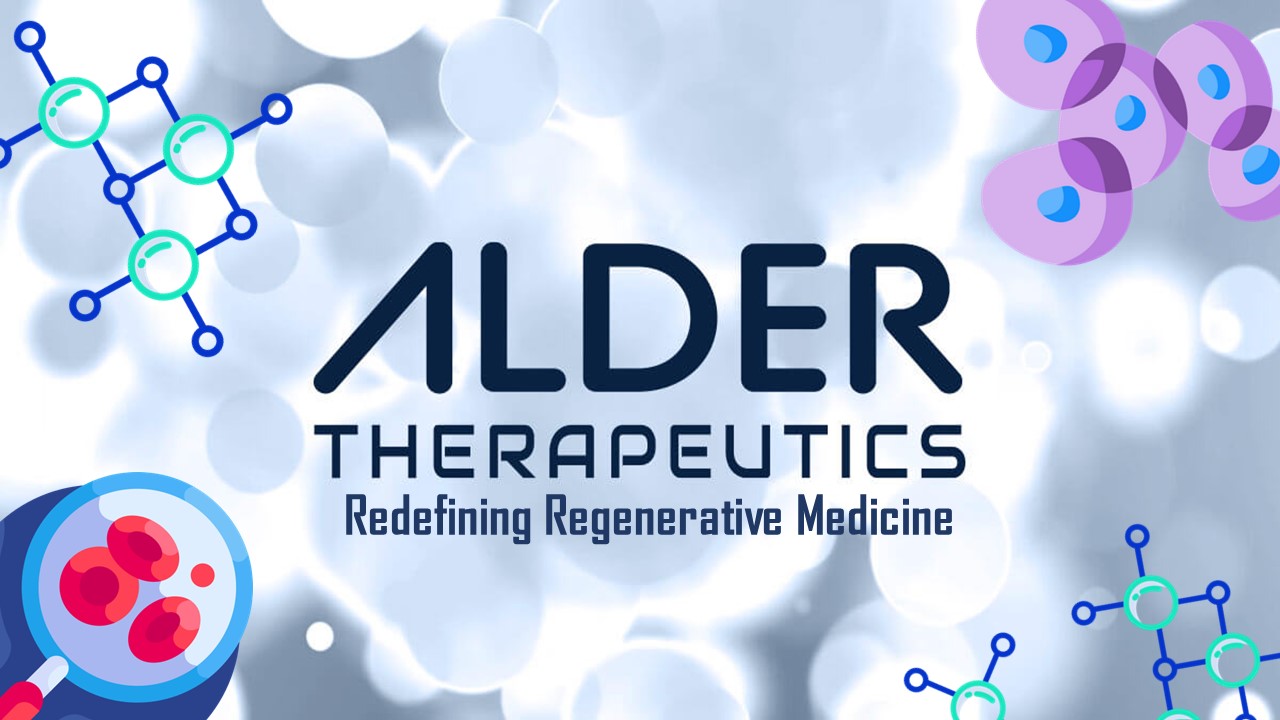The cornea, critical to clear and unobstructed vision, relies on a continuous regenerative process upheld by a specialized population of stem cells. These cells, referred to as corneal limbal epithelial stem cells, reside within the limbus, a region marking the boundary between the cornea and the sclera (the white of the eye). Functionally, these limbal stem cells act as a reservoir, replenishing the corneal epithelium with new cells to maintain clarity and protective function. Without them, the cornea risks becoming opaque or scarred, leading to significant visual impairment. This deficiency, known as limbal stem cell deficiency (LSCD), disrupts the corneal surface, resulting in neovascularization, fibrosis, and vision loss.
LSCD arises from various causes, ranging from traumatic injury to autoimmune diseases or genetic conditions. Unilateral LSCD, often associated with chemical or thermal burns, affects only one eye, while bilateral LSCD can result from autoimmune disorders like Stevens-Johnson syndrome or genetic disorders, including congenital aniridia. In either case, LSCD mandates immediate medical intervention to stabilize the corneal surface, clear obstructive scarring, and reconstruct the epithelium to restore functional vision. The traditional approach relies on removing scar tissue and grafting new tissue onto the damaged cornea, yet this process brings with it numerous challenges and limitations.
Conventional Treatments and Their Limitations
Management of LSCD involves grafting functional epithelial tissue onto the cornea. Autologous grafts, sourced from the patient’s unaffected eye, are the preferred method for treating unilateral LSCD, as these transplants reduce the risk of rejection. Techniques such as keratolimbal autografts and autologous cultivated limbal epithelial cell transplants enable the transfer of healthy limbal tissue to the affected eye. However, autologous grafts are viable only for patients with one healthy eye, leaving patients with bilateral LSCD reliant on allogeneic tissue sources from cadavers or living relatives.
When both eyes are affected, autologous solutions are limited. Allogeneic transplants from donors or cadaveric sources are essential for these cases, but they introduce complex risks, particularly immune rejection. Additionally, some patients undergo autologous cultivated oral mucosal epithelial transplants, using mucosal cells from the patient’s mouth. Despite providing viable graft tissue, these mucosal cell transplants are prone to postoperative neovascularization, causing complications and potential graft failure. The current reliance on systemic immunosuppressants to support allogeneic transplants also carries risks, underscoring the need for more stable, rejection-resistant options.
A Paradigm Shift: Induced Pluripotent Stem Cells (iPSCs) for Corneal Repair
Recent advancements in regenerative medicine are transforming the landscape of LSCD treatment with the introduction of iPSC-derived corneal epithelial cell sheets (iCEPS). These sheets are generated from iPSCs, cells that are reprogrammed from adult tissues to possess the pluripotency of embryonic stem cells. By using iPSCs, researchers can produce patient-specific or universally applicable corneal epithelial cells that potentially avoid immune rejection. This experimental approach has led to groundbreaking developments, with iCEPS successfully grafted onto the corneal surfaces of patients suffering from LSCD, yielding promising results without immune-related complications.
The iCEPS transplantation technique, leveraging cells created from a universally available cell line, circumvents the challenges of both autologous and allogeneic transplantation. Unlike traditional grafts, iCEPS demonstrate minimal expression of immune markers (HLA classes I and II), significantly lowering the likelihood of immune rejection. This feature, along with the absence of immune-competent cells in the iCEPS, presents an innovative approach with reduced reliance on immunosuppressive therapies. This breakthrough introduces a new era of potential stability and consistency in corneal grafting practices.
The iCEPS Clinical Trial: Design and Patient Selection
A meticulous clinical study on iCEPS was conducted at Osaka University Hospital in Japan, involving four patients with varying LSCD stages (IIB, IIC, and III). The study’s goal was to evaluate the safety and efficacy of iCEPS grafting, with a 52-week primary observation period and an additional two-year safety monitoring phase. The study’s design prioritized patient safety, employing strict inclusion and exclusion criteria to control for confounding variables and ensure the focus remained on the effects of iCEPS transplantation.
Patient eligibility depended on an LSCD diagnosis, and all selected patients were at least 20 years old, with comprehensive screening to exclude those with incompatible health conditions, active infections, allergies, or histories of recent malignancies. For the initial phase, two patients were intentionally selected with mismatched HLA types, while the remaining patients would only require HLA matching if immune rejection was observed in the first group. This approach offered valuable insight into the necessity of HLA matching and immunosuppressive medication for future iCEPS transplants, informing subsequent stages of the research.
The iCEPS Grafting Process: Technique and Postoperative Care
The iCEPS transplantation process involves a meticulous surgical approach to prepare the cornea for grafting. Surgeons first perform a keratectomy, a procedure to remove the damaged epithelial tissue, including fibrotic tissue within the limbal area. By fully clearing the affected area, surgeons create an optimal environment for the grafted iCEPS, which are then sutured onto the corneal surface. This precise placement aims to maximize the potential of the iCEPS cells to integrate and function effectively as new corneal epithelial cells.
Postoperative care includes antibiotics and corticosteroids to reduce the risk of infection and inflammation. In the initial two patients, low-dose cyclosporine was also administered as a preventive measure against immune response, though systemic immunosuppressive therapy was minimized to limit side effects. Each graft was protected with a therapeutic contact lens to aid healing, and the surgical team monitored each patient’s eye health and response to the iCEPS throughout the observation period. These interventions were integral to supporting graft survival and reducing postoperative complications.
Outcomes and Improvements in Visual Acuity and Corneal Health
The clinical results of iCEPS transplantation demonstrated significant improvements in visual function and corneal clarity for all patients involved. Patients exhibited stabilized or enhanced visual acuity, measured with standardized decimal and ETDRS (Early Treatment Diabetic Retinopathy Study) charts. This improvement was accompanied by a reduction in corneal opacity, indicating the graft’s successful integration and function. Additionally, the absence of adverse effects like tumorigenesis or immunological rejection confirmed the procedure’s safety, as documented through two years of postoperative monitoring.
The study also recorded improvements in patient quality of life (QOL), reflecting the broader impact of visual restoration on daily activities. Three of the four patients reported sustained improvements in vision, while the fourth experienced some regression due to a severe underlying condition. This case highlights the potential variability in iCEPS efficacy depending on underlying health factors, yet overall, the results underscore the promise of iCEPS in managing LSCD.
Mechanisms of Action: Understanding iCEPS Integration
Analysis of iCEPS transplantation suggests two primary mechanisms by which the grafts support corneal restoration. The first hypothesis is that the iCEPS directly contribute to the formation of new, functional corneal epithelium, as these sheets contain multiple layers of cells, including p63-positive basal cells indicative of long-term proliferative potential. Alternatively, it is possible that iCEPS facilitate conjunctival transdifferentiation, a process where host conjunctival cells acquire a corneal-like phenotype within the vascular-free environment provided by the graft.
Further molecular studies are anticipated to confirm the exact role of iCEPS in corneal regeneration. While genetic testing of the graft site might provide additional insights, it remains unfeasible to perform such tests without interfering with patient outcomes. Nevertheless, insights into these mechanisms may improve iCEPS transplantation efficacy and expand its potential for treating other corneal diseases.
Future Directions and Expanding Clinical Applications for iCEPS
Although the initial success of iCEPS in treating LSCD is promising, additional research is necessary to verify its broader applicability across diverse patient populations. Future trials should explore larger, multicenter cohorts to validate the results, with an emphasis on understanding the effectiveness of iCEPS in LSCD cases of varied etiologies. Such trials will also assess the need for alternative pre-treatment protocols to mitigate any risk of subclinical immune rejection, which could influence graft longevity.
This emerging field presents a transformative opportunity in ophthalmic care. By reducing dependency on donor tissues and minimizing immunosuppressive demands, iCEPS has the potential to redefine LSCD treatment, setting a new standard for restoring vision in patients previously resigned to the loss of sight.
Study DOI: https://dx.doi.org/10.1016/S0140-6736(24)01764-1
Engr. Dex Marco Tiu Guibelondo, B.Sc. Pharm, R.Ph., B.Sc. CpE
Editor-in-Chief, PharmaFEATURES
Register your interest [here] at Proventa International’s Clinical Operations and Clinical Trials Supply Chain Strategy Meeting this 14th of November 2024 at Le Meridien Boston Cambridge, Massachusetts, USA to engage with thought leaders and like-minded peers on the latest developments in the clinical space and regulatory affairs.

Subscribe
to get our
LATEST NEWS
Related Posts

Cell & Gene Therapy
A Cure in the Code: How Gene Editing is Transforming the Fight Against Sickle Cell Disease
BIVV003’s success highlights gene editing’s potential to treat genetic disorders at their root, offering hope for other conditions.

Featured
Sygnature Discovery Teams Up with Axol Bioscience to Unleash Human iPSCs’ Power
Sygnature Discovery partners with Axol Bioscience to explore hiPSC-derived microglia for antineurodegenerative drug discovery.
Read More Articles
Myosin’s Molecular Toggle: How Dimerization of the Globular Tail Domain Controls the Motor Function of Myo5a
Myo5a exists in either an inhibited, triangulated rest or an extended, motile activation, each conformation dictated by the interplay between the GTD and its surroundings.













